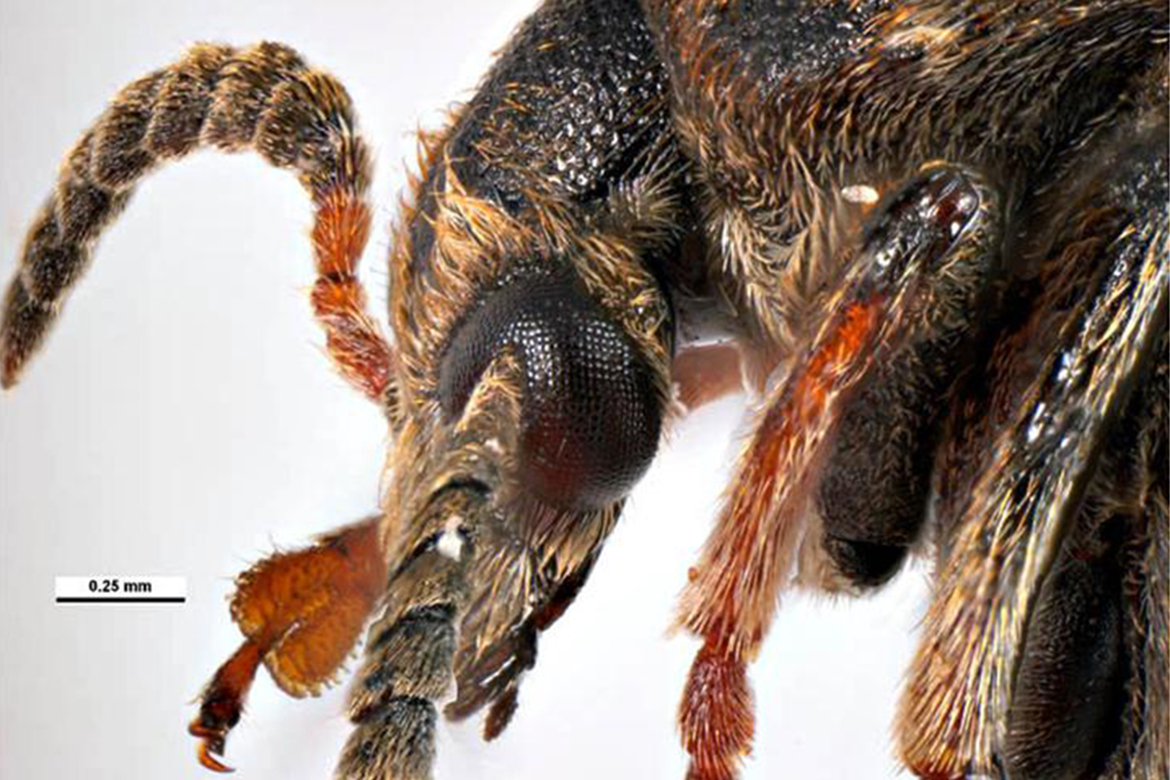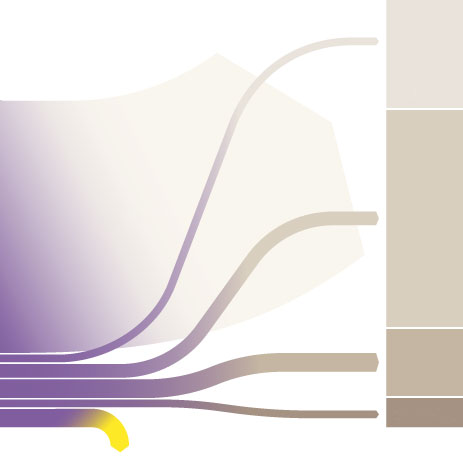Archaeology
Stone-Age people battled agricultural pests
Insect boreholes have been found in beans dating from the Early Stone Age.

Sometimes our Neolithic ancestors would flee the weevil. | Image: wikimedia/Von Walker, K., Museum Victoria
Our forefathers were fighting pests in legume crops already back in the Early Stone Age. The archaeobotanist Ferran Antolín from Basel reports that holes made by insects have been found in the charred remains of broad beans discovered in a cave in Spain. And at the excavations for the Zurich Opera car park, the archeoentomologist Marguerita Schäfer also found remains of weevils, whose larvae burrow into peapods to eat the peas. Antolín suspects that people also already knew back then how to fight such pests – even without any knowledge of pesticides. In Zurich, for example, he also found remains of dill, which mediaeval writings recommended as a deterrent against pests. It is possible that our ancestors also solved the problem by running away from it: after the emergence of the pea beetle, this settlement remained uninhabited for some 50 years. Afterwards, there are no more traces of this particular pest.




